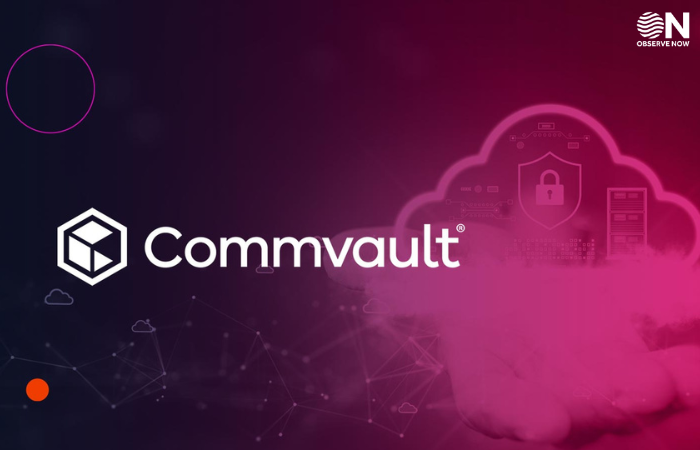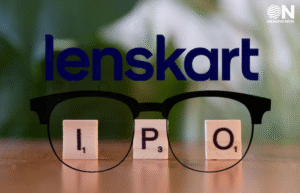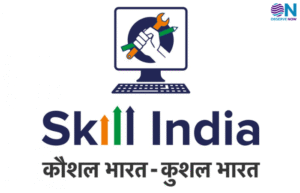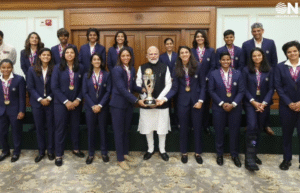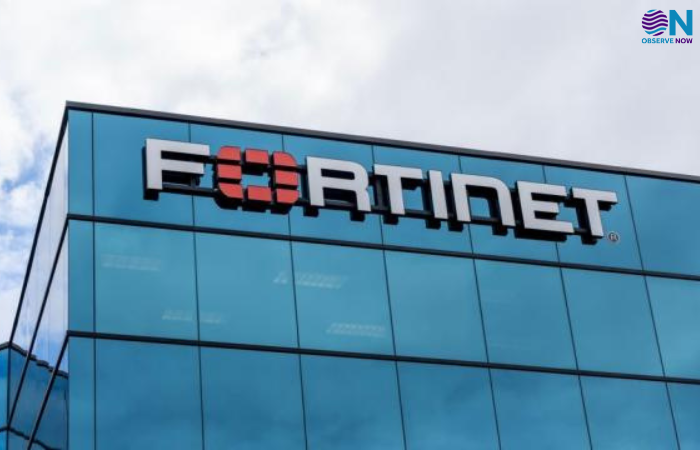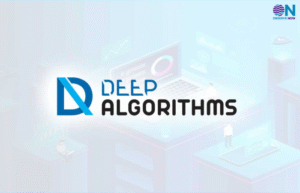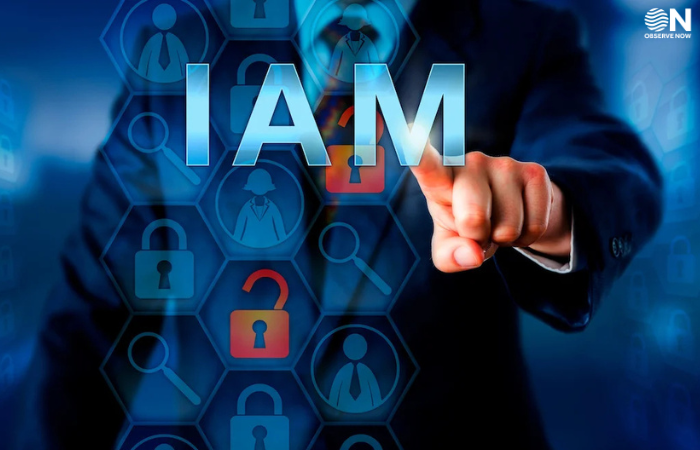With our lives now immersed in a predominantly digital environment, application security has become critical. The threat of cybercrimes is becoming more sophisticated, accompanied by growing regulatory expectations to protect sensitive data through effective Identity and Access Management (IAM). According to the ITRC, there were 1,571 reported incidents during the first six months of 2024 of compromised data, representing a 14% increase compared to 2023.
As a result, organizations must implement robust security measures to safeguard their digital assets. One of the most effective strategies is leveraging IAM, a framework that ensures only authorized users have access to applications, data, and systems. In this article, we will explore the significance of IAM in application security and discuss key techniques such as Multi-Factor Authentication, Single Sign-On, and Role-Based Access Control.
What is Identity and Access Management (IAM)?
Identity and Access Management (IAM) is a set of policies, processes, and technologies designed to manage and control user identities and access to resources within an organization. In essence, IAM provides companies with the tools to ensure that only authorized individuals have access to resources at the right time, reducing or even eliminating the risk of unauthorized access and potential data breaches. IAM is crucial for maintaining secure and compliant application environments as it oversees the entire user identity lifecycle, from creation and authentication to authorization and deactivation.
The Significance of IAM in Securing Applications
As organizations embrace cloud-based solutions, software-as-a-service (SaaS) applications, and remote working practices, the complexity of securing applications has increased. The traditional security models that relied on perimeter defenses are no longer sufficient to protect sensitive data. IAM helps manage user access across multiple environments from a centralized perspective, offering a range of benefits:
Enhanced Security: IAM solutions prevent unauthorized access by providing strong authentication and authorization protocols.
Improved Compliance: IAM Solutions, with regulatory frameworks like GDPR, HIPAA, and CCPA, IAM solutions provide the tools to maintain compliance with data protection laws.
Efficient User Management: IAM systems streamline the process of adding new users, as well as updating or revoking permissions to access application resources. This efficiency saves IT teams valuable time by organizing access management more effectively.
Reduced Risk of Data Breaches: By enforcing strict access controls and continuous monitoring, IAM minimizes the chances of malicious actors gaining access to sensitive information.
Key IAM Techniques for Strengthening Application Security
IAM provides multiple techniques to protect applications and sensitive data from unauthorized access. Some of the important techniques that are most integral to application security today are Multi-Factor Authentication (MFA), Single Sign-On (SSO), and Role-Based Access Control (RBAC).
1. Multi-Factor Authentication (MFA)
Multi-Factor Authentication (MFA) is one of the most effective ways to enhance security by requiring users to provide multiple forms of verification before accessing an application. Rather than relying on the traditional password (something the user knows), MFA adds additional layers of security by requiring something the user has (such as a smartphone or security token) and/or something the user is (such as a fingerprint or facial recognition).
MFA significantly reduces the risk of unauthorized access, even if the password is compromised. For instance, if an attacker steals a user’s password, they will still need the second factor such as a one-time passcode sent to the user’s mobile device to gain access to the application. This makes MFA an essential component of any IAM strategy, particularly for protecting sensitive applications and data. US Scoop reveals that big businesses lead the way in embracing MFA solutions to protect their digital assets and sensitive information, and as many as 87% of companies with over 10000 employees utilize MFA, whereas in small-sized companies having 26 to 100 employees, the rate drastically declines to 34%, while companies having less than 25 workers, the adoption rate is even lower at 27%.
2. Single Sign-On (SSO)
One key technique for managing single sign-ons is SSO, which allows users to access multiple applications within a trusted Identity and Access Management (IAM) system by entering a unique set of credentials just once such as a login ID and password or a more advanced authentication method. Once authenticated, users can seamlessly access all linked applications without needing to log in again. This can be very much seen in Google, through which different Google services like Gmail, Drive, and YouTube are allowed to be logged into using a single credential set.
In addition to making life easier and more productive for users, who no longer need to remember numerous passwords, SSO enhances security by centralizing authentication, allowing IT teams to enforce strong protocols more effectively. A key advantage is the reduced risk of weak passwords, a common vulnerability in traditional password systems. SSO also simplifies user management and enhances the overall user experience, especially for organizations relying on a suite of cloud-based applications. For instance, Google’s SSO functionality streamlines authentication across various services while minimizing the attack surface associated with managing multiple passwords, ultimately strengthening security.
3. Role-Based Access Control (RBAC)
Role-Based Access Control (RBAC) is an access management approach that involves granting roles to individual users, thereby providing these users with specific rights within the organization, as opposed to granting permissions to all individual users. Users are placed into a role (administrator, manager, and employee) and permissions are granted based on the role. This boosts efficiency in large organizations and ensures that individuals only have access to the resources necessary for their specific job functions.
RBAC plays a key role in enforcing the principle of least privilege, ensuring that user access is limited to the minimum required to perform their essential tasks. This approach helps protect sensitive data by minimizing the potential impact of a breach and ensures compliance with data protection regulations. Additionally, RBAC simplifies auditing and reporting, as the system clearly defines which users are authorized to access specific resources.
For example, in a healthcare organization, doctors may have access to patient records, while administrative staff are granted authority over appointment schedules. RBAC restricts access to sensitive medical data, reducing the risk of data breaches and ensuring greater compliance with established standards. By assigning access based on roles, RBAC helps organizations maintain the appropriate level of access for each user, thereby enhancing both security and compliance efforts.
Why These Techniques Matter for Application Security?
As cyber threats continue to evolve, securing applications is not a one-time task but an ongoing process. IAM techniques like MFA, SSO, and RBAC are critical to creating a strong defense against unauthorized access and minimizing the potential attack surface of an organization’s applications.
- MFA adds an important layer of defense by ensuring the user identity is authenticated through multiple forms of authentication, significantly reducing the risk of compromised accounts.
- SSO improves user experience and reduces the complexity associated with authentication but at the same time, keeps control of authentication centralized across multiple applications.
- RBAC provides granular control over who can access what, limiting unnecessary exposure to sensitive data and enforcing the principle of least privilege.
Together, these IAM techniques can be integrated for a comprehensive security strategy that enables organizations to protect their applications, minimize the risk of breaches, ensuring that only authorized users can access critical systems and data.
Conclusion
Securing applications is crucial for protecting business assets and ensuring compliance with data privacy and protection regulations. Identity and Access Management (IAM) plays a key role, with techniques like Multi-Factor Authentication (MFA), Single Sign-On (SSO), and Role-Based Access Control (RBAC) forming the foundation of secure access management. By adopting these methodologies, an organization can minimize unauthorized access, streamline user management, and significantly strengthen application security. As cybercrime threats become increasingly sophisticated, a robust IAM solution is essential for safeguarding a business’s digital operations and maintaining stakeholder trust.
(Article by Mr. Shibu Paul, Vice President – International Sales at Array Networks)
Disclaimer: The views expressed in this article are solely those of the author and do not necessarily reflect the opinions or policies of ObserveNow Media. The author is solely responsible for ensuring the accuracy, completeness, and validity of the information presented, encouraging readers to independently verify and seek professional advice if needed.






